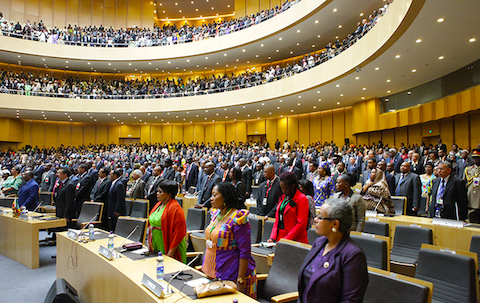Topic Resources
Over the past few years, the increase in global food prices, followed by the economic and financial crisis, have pushed more people into
Agenda 2063 is Africa’s development blueprint to achieve inclusive and sustainable socio-economic development over a 50-year period.










